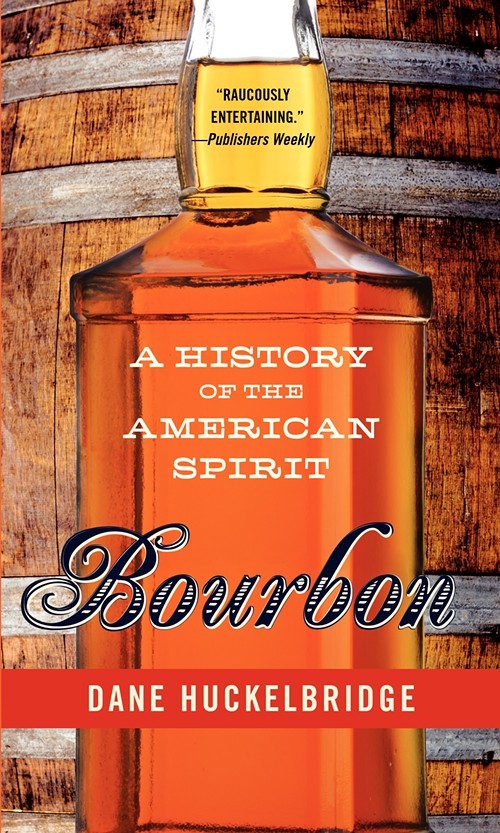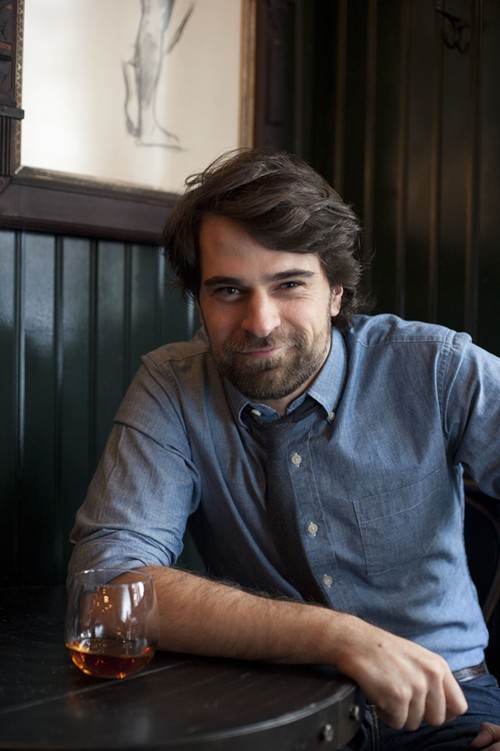“Bro, let me tell you, there was something seriously wrong with us.”
Yes, there was.
Tommy Lee, the man behind the above quote, was describing the time he and band mate Nikki Sixx of Motley Crue were on tour in 1987. One night, they’d run out of heroin, but they did have on hand some needles, so they reached for the bottle. The two tied off and took their Jack Daniel’s straight — into their veins.
[jump]

“It didn’t even occur to us that we could always just drink the JD,” Tommy Lee said. (This from the member of a band that reportedly substituted Jack Daniel’s for milk in their bowls of Cap’n Crunch.)
Lee and Sixx were in solid company. William Faulkner, F. Scott Fitzgerald, and John Dos Passos knew their way around a bottle of bourbon. So did Warren G. Harding, who kept a private stash in the White House during Prohibition. But maybe Harding was simply following doctor’s orders. As one Detroit physician, responding to bourbon’s purported medicinal value, prescribed it: “Take three ounces every hour for stimulant until stimulated.”
Frontier saloon keepers described bourbon otherwise: “tanglefoot,” “snake water,” “tarantula juice,” and “skull varnish.” During the Gilded Age, others called it “garbage-grade” when unscrupulous distillers added sweet oil and sulphuric acid, cream of tartar and acetic acid, and, to arrive at something called “bed-bug flavor,” a few drops of strong ammonia.
Dane Huckelbridge calls it simply “the American Spirit” in his informal but informative Bourbon (William Morrow), and in place of the tanglefoot and skull varnish passed off as true bourbon at the turn of the 20th century, today you’ve got small-batch, super-premium brands (with cult-like followings) charging if not an arm and a leg then at least some serious bucks. That’s the case with Tuthilltown Hudson Baby Bourbon Whiskey … and it’s not even made in Kentucky or Tennessee! It’s from a distillery in upstate New York.

And on that point, let’s get one thing clear. Huckelbridge (pictured) does in his first footnote (page 2), because he’s well aware them’s fightin’ words:
“If you’re going to enrage a sizable number of whiskey pundits along with the entire state of Tennessee, you might as well get it over with right away. After careful consideration and some deliberation, Tennessee Whiskey will henceforth be considered and referred to as a type of bourbon rather than a distinct spirit. Although the charcoal filtering of the Lincoln County Process does change its character slightly, and the moniker is indeed a clever marketing ploy, Tennessee Whiskey is essentially nothing more than a straight bourbon whiskey made in Tennessee (and contrary to popular misconceptions, bourbon does not require a Kentucky origin: it can be produced anywhere in the United States so long as corn content and aging restrictions are properly adhered to). Sorry, Uncle Jack. But somebody had to say it.”
Huckelbridge’s country cousin Garland sure can make it: homemade (Midwestern) moonshine, which leads the author (Princeton-educated, New York-based) to recall in his epilogue how and where “the American spirit” began: “the family farm hacked out of the wilderness, the fruits of honest labor and leftover grain.” George Washington wouldn’t argue. He had his own distillery at Mr. Vernon, though, it’s true, he did have a hand in quelling the Whiskey Rebellion.
Old World know-how … Scots-Irish mountain men … Wild West frontiersmen … the Whiskey Ring … the Whiskey Trust … distillers doing their duty during World War II (industrial alcohol was vital to wartime manufacturing) … suburban cocktail parties in the ’50s and ’60s .. falling sales in the ’80s … better days these days: What part hasn’t bourbon — fine and not so fine — played in American history? And what does that corn-based spirit say about this country’s character? Huckelbridge has done a well-researched but laid-back job answering.
And now, to quote from the author’s closing question in Bourbon: “Who’s ready to go get a drink?” You if you’d like.
Dane Huckelbridge will be discussing and signing Bourbon: A History of the American Spirit at Sweet Grass (the restaurant at 937 S. Cooper) on Saturday, April 5th, at 5 p.m. He’ll also be conducting a bourbon tasting at the event, and to join him, reserve a spot (a limited number of guests can be accommodated) by calling Sweet Grass at 901-278-0278. The $45 ticket includes the bourbon tasting, a copy of Huckelbridge’s book, and some “spirit-compatible” food. The Booksellers at Laurelwood is organizing this off-site event — an event for you to maybe have some words (all friendly-like, please) with Huckelbridge and that first footnote of his. •